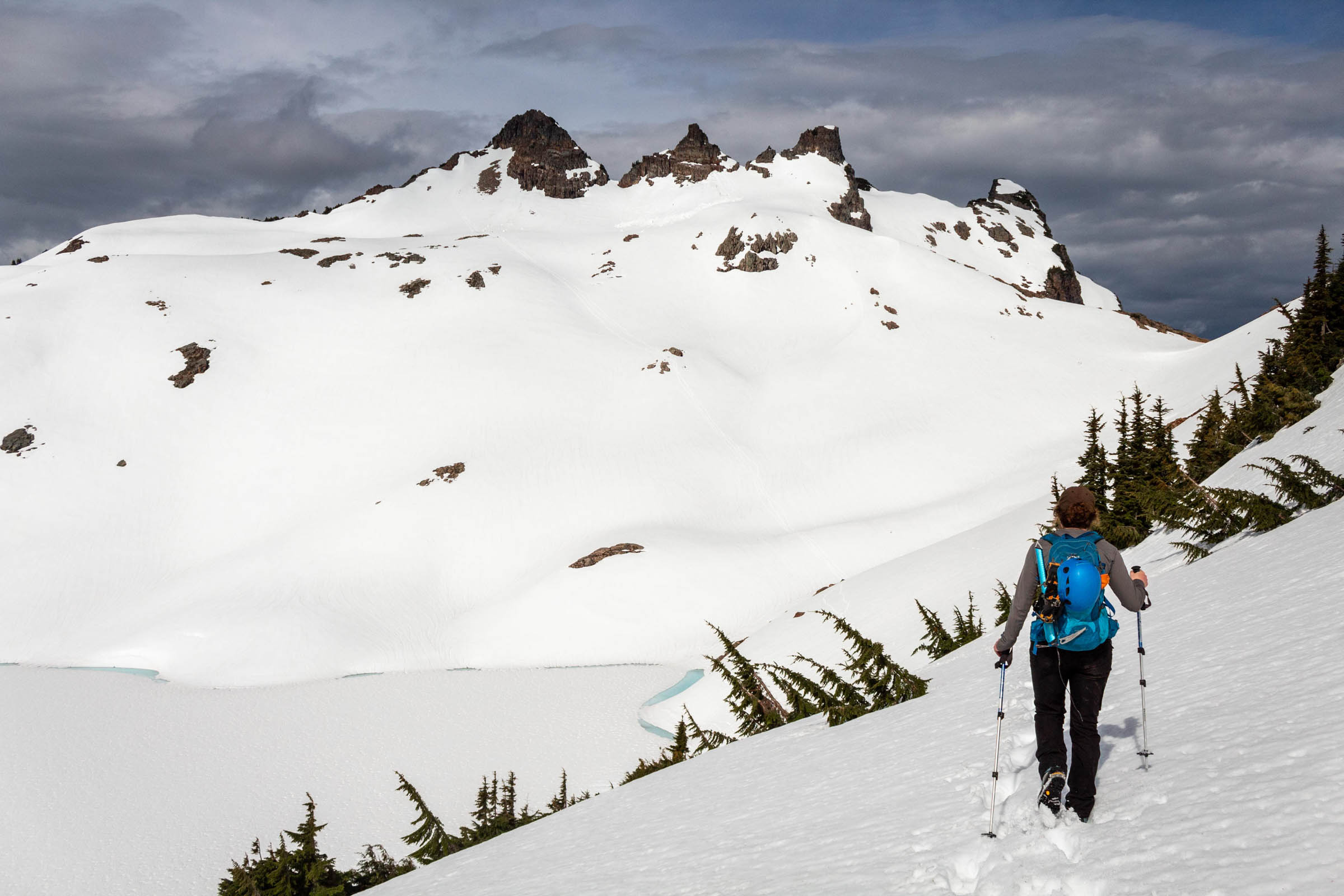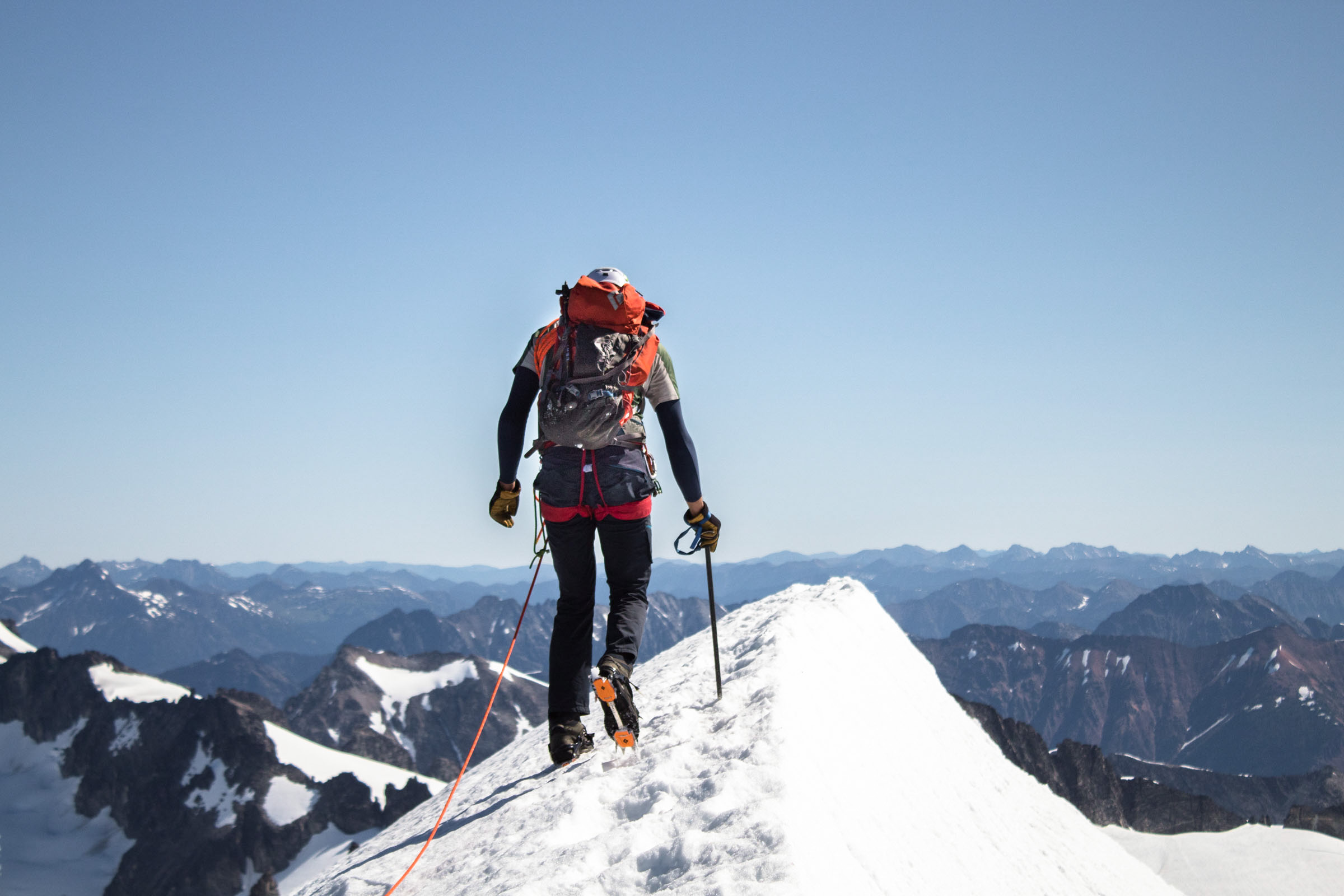Hiking Gear
So maybe you’ve heard of the 10 essentials (go look it up if you don’t know), but what other standard gear is good for a hike? I think it really depends on the hike you’re on, although in regards to the essentials, it’s more common for incidents to occur for day hikers than backpackers because they’re less prepared. Anyway, here’s my thoughts on what gear I like to bring on different hikes
table of contents
clothing layers
- Rain Jacket: I never leave the house without my rain jacket. Too many times the weather report has been wrong, or I run into some waterfall and want to stay dry. Rain jackets are also useful as a wind breaker, and sometimes on summits it can be windier than expected.
- Fleece: Sometimes I have mixed feelings about fleece since they’re heavier, but honestly there has never been a time where I wish I left it in the car. In the winter, they warm you up quickly and serve as a soft layer under a down jacket.
- Down Jacket: This is an essential for winter hikes, not so much for summer hikes. Even though it might not be needed while hiking, since you create body heat, it is important to have in case there’s a time when you stop for long, such as a lunch break at the top of the hike.
- Base Layer: If it’s quite cold out, a base layer could be nice in lieu of many other layers. I still like to keep everything wool and polyester because they are best at retaining body heat if wet.
- Shorts: If the forecast is above 60ºF and sunny, then shorts and short sleeves are a good idea.
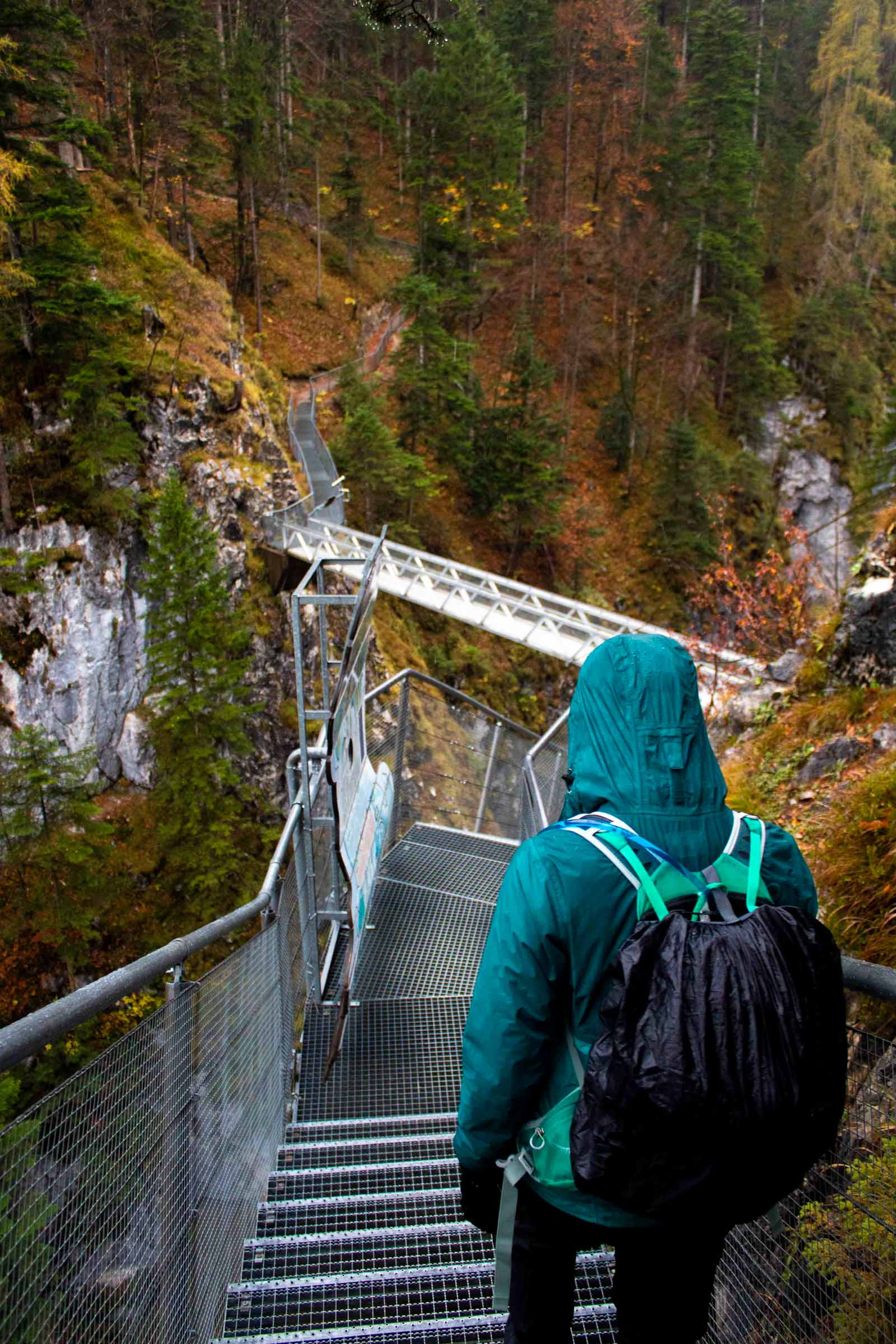
footwear
- Sandals: If you have hiking sandals, they’re good for shorter hikes, and I’ve found that they’re best used with socks for less abrasion. Otherwise, I think they work as great walking shoes and camp footwear.
- Sneakers: These are fine for short hikes and I’ve even seen people in city shoes going on snow, but I advise against that. Sneakers with good traction will be fine for most standard, well-maintained hikes. And the benefit is that they’re light on your feet!
- Trail Runners: A step up from sneakers, these are essentially hiking boots without the ankle support, allowing you to run freely. They’ve got more traction than sneakers and are way more durable. I think at minimum, everyone should hike with these shoes, especially as you go on longer and longer hikes.
- Hiking Boots: These are great for providing more ankle support when the trails are more rooted or rocky. However, they tend to give less mobility for any scrambling or steep terrain. Remember to go a size larger so that your toes don’t run into the end of the shoe when you go downhill.
- Winter Boots: These are extra waterproof boots that are great for snow hikes. They’ll keep your feet warm and dry!
- Mountaineering Boots: Not necessary for the average hiker, but I take these on mountains where I think I’ll be on snow and rock. They’re waterproof and have excellent traction and stiffness, useful for alpine scrambles. The fit is tighter than hiking boots, so they’re not idea for normal hikes on dry, snow-free paths.
- Gaiters: Personally, I don’t see a need for short trail gaiters, since I don’t mind a little dirt going into my shoes. However, alpine gaiters are a must for deeper snow travel, where post-holing and sinking into snow may be an issue. Alpine gaiters come up your calf, and basically prevents snow from entering the tops of your boots.
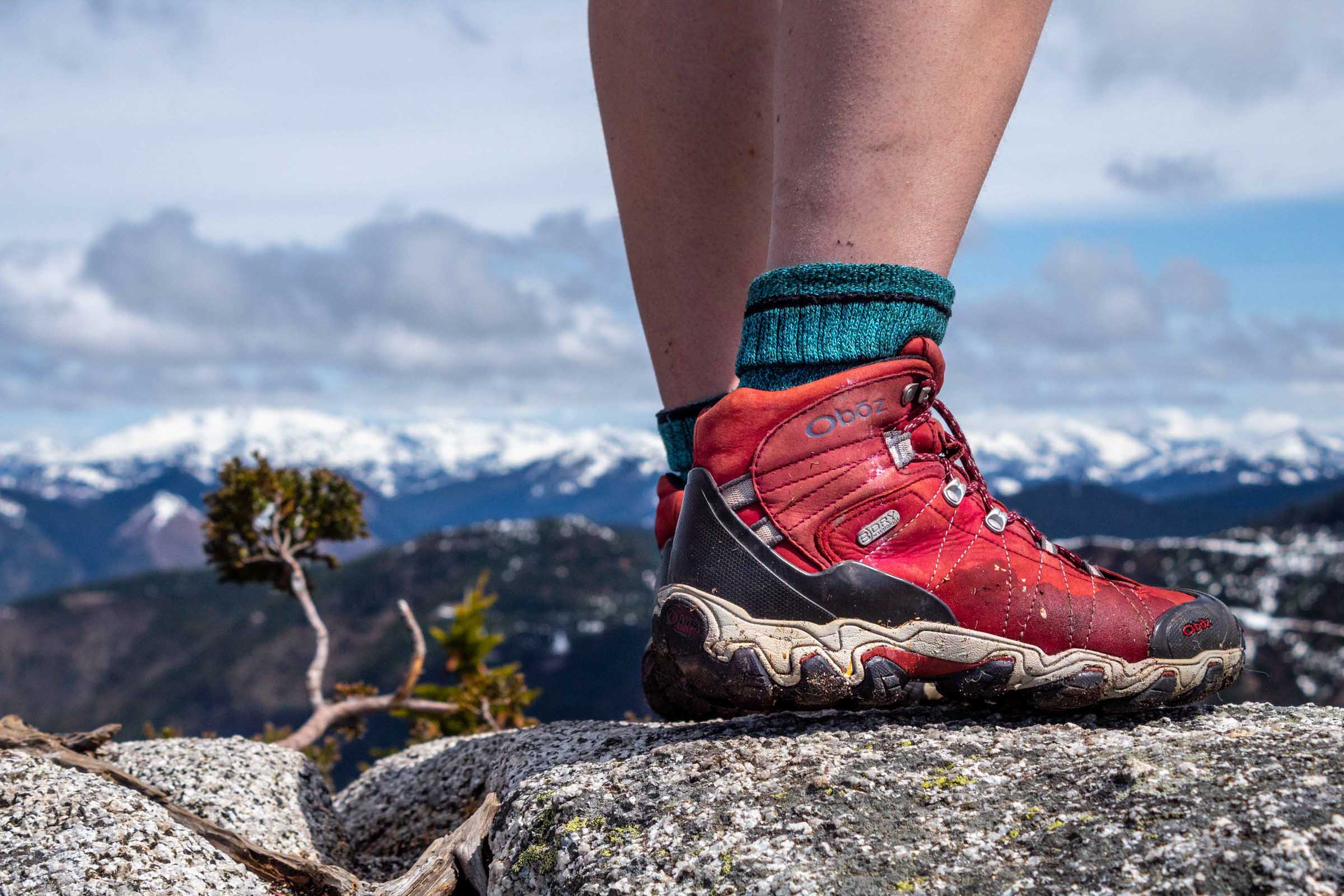
other gear
- Day Pack: A good day pack should be able to carry your essentials, enough space for water, food, and a jacket. Another plus is having hip straps to distribute the weight. I like using 15-20L packs for the day. Hydration packs are smaller (often <10L) and useful if you can pack light and need just a water bladder and a couple snacks. Most day packs can also accommodate water bladders.
- Hiking Poles: I recently started using poles because they’re very helpful for going downhill. They lessen knee pain and help stabilize me. Plus, they definitely help you go uphill faster too!
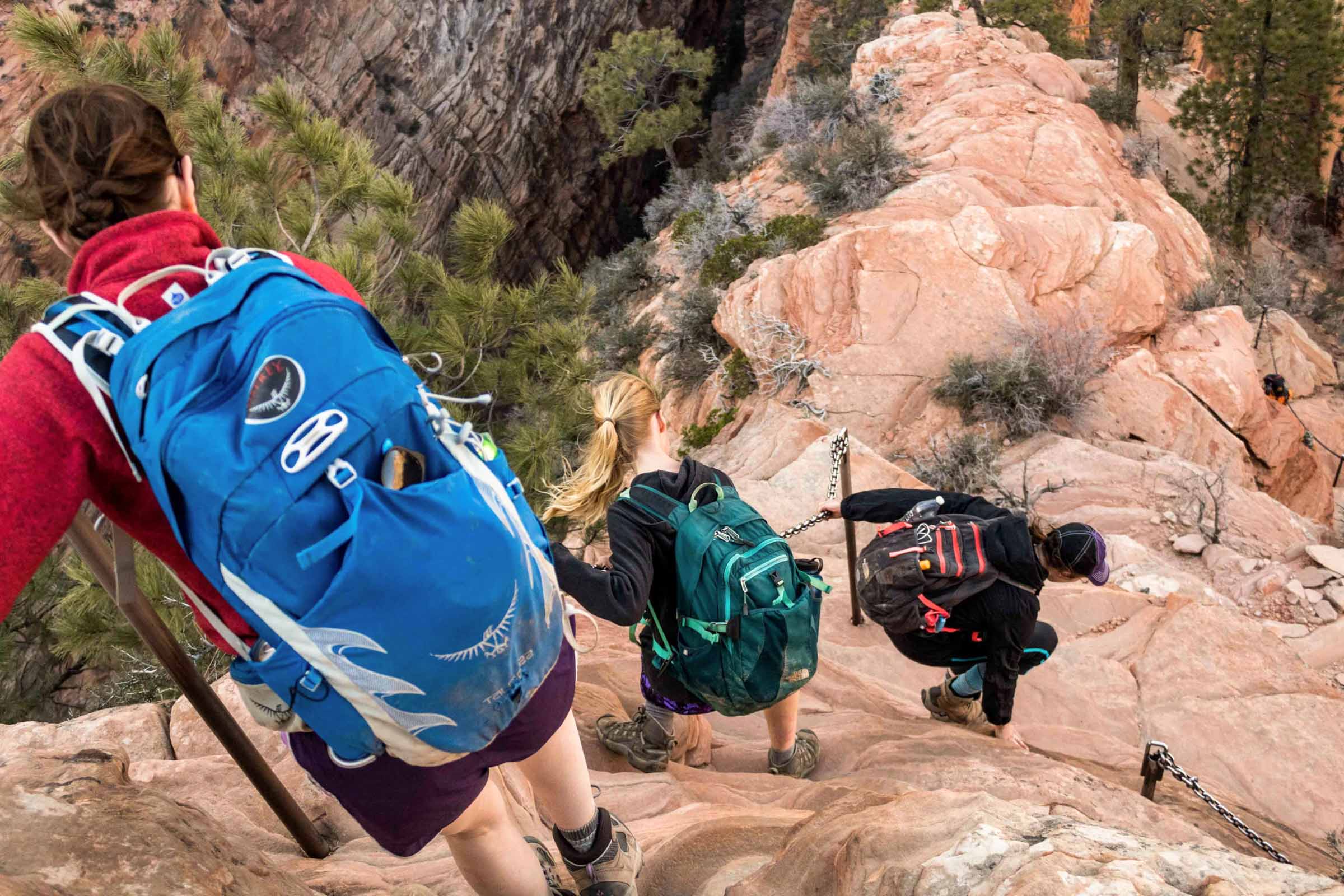
snow gear
- Snow Shoes: Most standard hikes around Seattle are well traveled in the winter, so the trail is often well packed and narrow. But sometimes if you’re the first one out after a snow dump, snow shoes are helpful. They’re good for soft snow and have some traction for icier conditions too. Basically, if you already see a trail, you can probably just use microspikes.
- Microspikes: These are the most useful traction devices for Seattle hikes in the winter. They’re perfect to prevent the slip and slide and for trails already packed down. They’re good for icy trails, but not for deep snow.
- Crampons: Really, this is not needed for most hikes, unless you’re exploring more alpine terrain, in which you’ll know when to use them (icy, steep climbs).
- Ice Axe: Sometimes it is nice to bring one to a snow just in case the snow is steeper than expected and a extra assurance is needed. But, if you’re a casual hiker, you shouldn’t be on terrain that would require it, hence you don’t need an ice axe. But if you’re a more advance, learn how to use one and it might be helpful for more difficult hikes. Otherwise, for the casual hiker, hiking poles should suffice as a stabilizer in snow.
